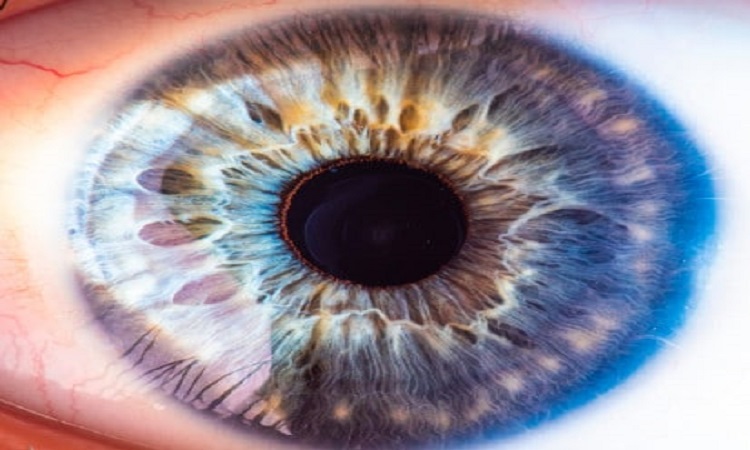How to Prepare for Cataract Surgery
Cataracts are the most common cause of blindness worldwide. At Alabata Eye Center, cataract surgery restores a patient’s vision by replacing the natural cloudy lens in a routine, low-risk procedure.
What is Cataract Surgery?
Cataract surgery removes your natural cloudy lens (cataract) with an artificial intraocular lens implant (IOL). The surgery breaks apart your cataract and gently removes the pieces. After removing the cataract, Dr. Alabata replaces the lens with an artificial IOL.
There are various options for IOLs, depending on your preferences and lifestyle:
- The fixed-focus monofocal IOL, as the name implies, provides a single focus. You may choose distance only vision, intermediate only vision, or near only vision depending upon your desires. A number of patients may still require glasses to see the distances not corrected for.
- The extended depth of focus monofocal IOL has a single focus also, but with a wider range of vision. Because of this, most patients can enjoy intermediate distances such as computer work or texting. These patients will most likely still require reading glasses for near work.
- The multifocal IOL allows for distance, intermediate, and near focus with little to no need for glasses for most visual tasks giving you the most independence from corrective lenses.

How to Prepare for Cataract Surgery
Dr. Alabata performs an optical biometry to measure the length and shape of your eyes prior to cataract surgery. Optical biometry provides valuable information to help determine the type of surgery and IOL that may be best for you. Please do not hesitate to ask questions about the pros and cons of the different cataract surgical modalities and IOLs during your consultation.
Dr. Alabata will also discuss what to expect on the day of surgery and afterwards. In most cases, you will be asked to refrain from eating and drinking after midnight prior to surgery. Remember, cataract surgery is an outpatient surgery, so arrange a ride to and from the surgery center.
What is the Difference Between Cataract Surgeries?
There are two primary cataract surgeries at Alabata Eye Center: laser-assisted cataract surgery and traditional or manual cataract surgery.
Laser-assisted cataract surgery is the most technologically advanced procedure that creates bladeless incisions as necessary, corrects astigmatism, creates the perfect opening in the anterior lens capsule and assists in breaking apart the cataract. This type of surgery provides precision in centering the IOL of your choice for optimal visual function.
Traditional cataract surgery creates small incisions in the cornea with a surgical blade, opens the anterior lens capsule and breaks up the cataract into small pieces, all in a manual fashion. After removing the cataract, Dr. Alabata replaces it with a monofocal IOL implant.
Request a Consultation
We’d love to help you get all the information you need in order to make the best choice for your eyes. Request a consultation today! Our staff is available and happy to answer your every question.
How Long is Recovery from Cataract Surgery?
Immediately after cataract surgery, you may experience blurry vision until the cornea clears up, watery eyes, and mild eye irritation. Most patients at Alabata Eye Center recover their vision within a few days but may be limited in some activities for one to two weeks.
Dr. Alabata will prescribe medicated eye drops to ensure a safe and effective recovery. Furthermore, we recommend wearing your protective eyeshield while you sleep during the first week of surgery to prevent any accidental injury to your healing eye. Please do not apply anything else around your operative eye other than your prescription eye drops and artificial lubricant drops for two weeks following cataract surgery.
Take the Next Step and Enjoy Better Vision
To schedule your in-person Cataract Consultation, call Alabata Eye Center at (850) 331-3937. A referral is not necessary. Thank you for trusting our professional services.






